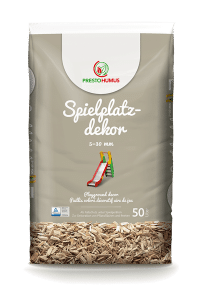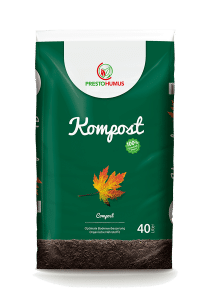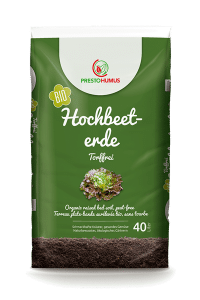Raised beds offer many advantages: On the one hand, it makes gardening much easier and protects your back. On the other hand, any weed growth is significantly lower in raised beds. Moreover, it is space-saving and offers the possibility of growing fruit and vegetables even on limited space. Due to the natural layer system, raised bed gardening yields rich crops, it also multiplies the period of use. Compared to standard beds the crop yield can be up to three times higher. Therefore, the use of raised beds is universal and versatile. Why? In springtime, the soil warms up faster and in autumn, temperatures are kept more efficiently and thereby improve plant growth. Whether you plant vegetables, herbs or flowers, it all starts with the raised bed’s perfect filling.
Raised bed gardening – a real space saver
How do I fill a raised bed?
Soil filling
- mixture of potting soil and soil for vegetables and raised beds; filling level: approx. 35 % of raised bed’s inner height = approx. 25 cm basic filling at a total height of 75 cm
- efficient water and nutrient supply to the plants, adequate footing/strong roots for a healthy growth
Basic filling
- mixture of coarse materials such as branches, twigs or wood chips; filling level: approx. 40 % of raised bed’s inner height – i.e. approx. 30 cm basic filling at a total height of 75 cm
- adequate and sufficient aeration due to its coarse structure
If the raised bed should be placed directly on the garden ground, put a fine-wired mesh on the ground first – a suitable method to keep away root voles.
Handy hint: How to fill a raised bed with bark mulch & wood chips
If shredded and chopped material like tree branches and twigs is used, there is a high risk that the aeration will worsen due to the increased proportion of fine fraction, leaves and needles. Within a short time, this will become a disadvantage for nutrient buffering and the climate in the raised bed. Roughly the same could cause the fine bark mulch, because of its high proportion of fine particles, that can act like a compact layer. The „Playground Decor“ by Presto Humus is made of pure hardwood. The fine parts are significantly reduced by sieving during the production process.
Rotting filling
- mixture of leaves, vegetables, herbaceous garden waste or compost; filling level: approx. 25 % of inner height = approx. 20 cm rotting fill at a total height of 75 cm
- the natural rotting process produces heat, that warms the layer on top like an underfloor heating – this results in a faster growth
Calculate quickly and easily your need for raised bed filling!
Raised bed-basic filling
Raised bed-Rotting filling
Raised bed-Soil filling
Frequently asked questions about "filling and creating a raised bed"
Highly recommended is the raised bed soil, as it contains ingredients adapted to vegetables and herbs.
A raised bed should have the right height so that users can work without arming their back. If several people are involved in gardening, one should pay attention to the size differences of the persons and find a good average.
We have specially put together a seeding and growth calendar with plant ideas. Before planting the bed you should check which plants can not grow next to each other.
There are few restrictions here. The balcony herbs such as chervil, chives, basil, parsley are universally used in the kitchen and are also recommended in the raised bed, because they are used frequently and can be harvest enough.
Seeding calender for the raised bed
Product recommendations




